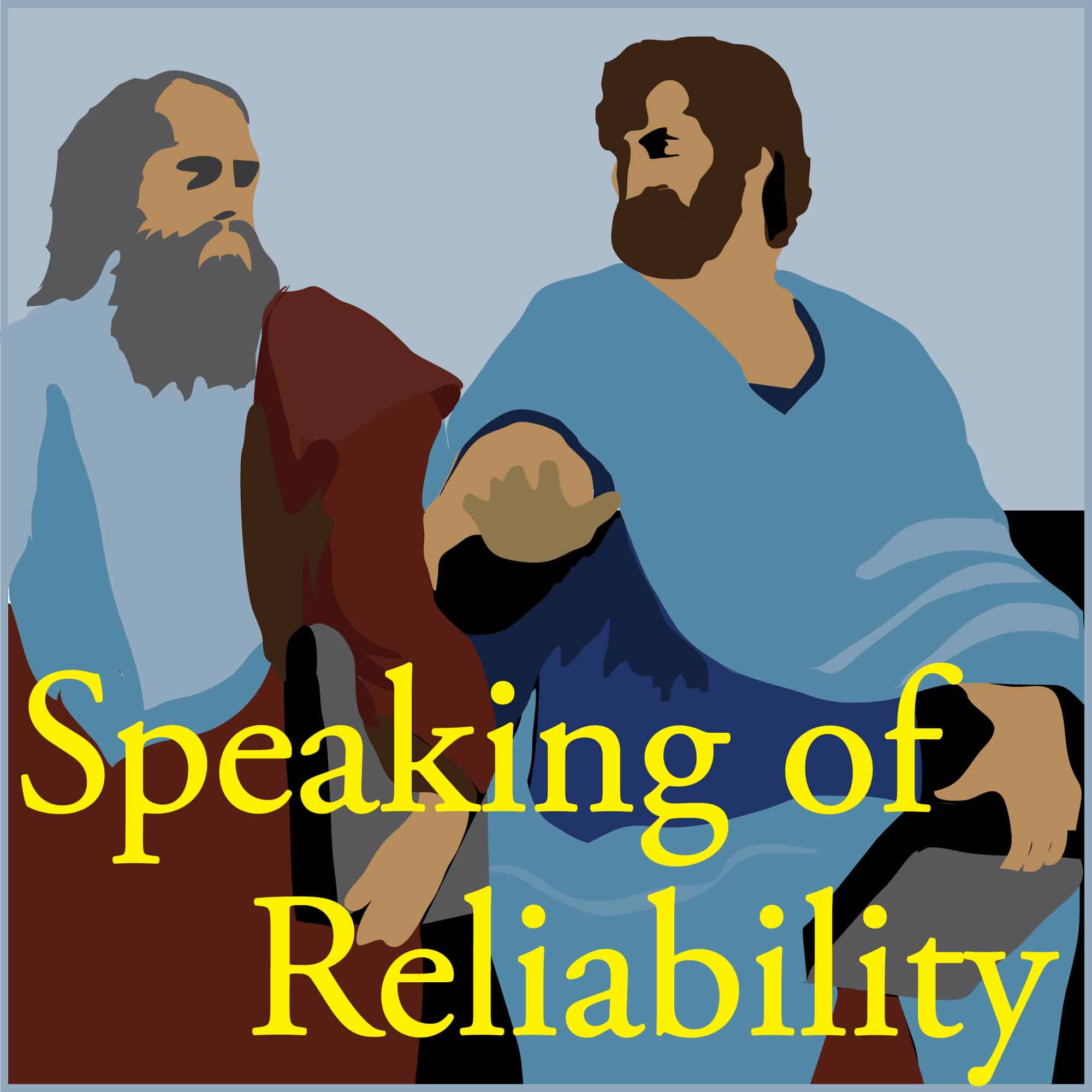

Speaking Of Reliability: Friends Discussing Reliability Engineering Topics | Warranty | Plant Maintenance
Reliability.FM: Accendo Reliability, focused on improving your reliability program and career
Gain the experience of your peers to accelerate improvement of your program and career. Improve your product development process, reliability or warranty performance; or your plant uptime or asset performance. Learn about reliability and maintenance engineering practical approaches, skills, and techniques. Join the conversation today.
Episodes
Mentioned books

Dec 11, 2023 • 0sec
SOR 921 Lifespan of an FMEA
Lifespan of an FMEA Abstract Carl and Fred discuss a reader question about what is called a “living FMEA.” Is this a good idea? How is it done? Key Points Join Carl and Fred as they discuss whether to update FMEAs with test and field information on an ongoing basis. Topics include: An updated FMEA […]

Dec 8, 2023 • 0sec
SOR 920 RCM and FMEAs
RCM and FMEAs Abstract Carl and Fred discuss a reader question on FMEAs that involve maintenance. Specifically, can a Design FMEA have causes that are maintenance related? Key Points Join Carl and Fred as they discuss Reliability Centered Maintenance, and the role that FMEA plays in doing RCM projects. Topics include: RCM includes an FMEA […]

Dec 4, 2023 • 0sec
SOR 919 Details and Plans
Details and Plans Abstract Greg and Fred discuss why and how the triple constraints of a project: schedule, cost, and scope variances result in risks that can result in project failure. Key Points Join Greg and Fred as they discuss schedule risk, cost risk, and scope risk. Topics include: What are schedule, cost, and scope risks? […]

Dec 1, 2023 • 0sec
SOR 918 Plug and Pray
Plug and Pray Abstract Greg and Fred discuss why engineers plug numbers into a formula not really knowing why or what they are doing. At best, this is called ‘plug and play.’ At worst, this is called ‘plug and pray’ the formula works. Key Points Join Greg and Fred as they discuss the challenges of […]

Nov 27, 2023 • 0sec
SOR 917 Bad History Challenge
Bad History Challenge Abstract Kirk and Fred discuss how to deal with those who have said that they tried using the HALT methodology with a past project but did not find any benefit from it. Key Points Join Kirk and Fred as they discuss the situation where a we are trying to introduce a new […]

Nov 24, 2023 • 0sec
SOR 916 Cycles or Time
Cycles or Time Abstract Kirk and Fred discuss whether we should use time or number of cycles or total time a product has been available for use. Key Points Join Kirk and Fred as they discuss a question from a listener on whether it’s better to use time or cycles as a reliability metric. Topics […]

Nov 20, 2023 • 0sec
SOR 915 Creating Reliability Awareness
Always complaining about your organization not being aware of reliability engineering? The reality is, we make ourselves aware of what we want to be aware of. So the trick is to motivate people. The most 'aware' person in the world won't use that awareness if he or she has no motivation to do it.

Nov 17, 2023 • 0sec
SOR 914 Required to Use MIL-HDBK 217?
Ever heard of MIL-HDBK 217F? It is a document that contains lots of failure rate estimates for classes of electronic components ... compiled in 1991. Based on data provided by a small number of companies. With the gaps filled in by military data dating decades before that. And some people want to base reliability estimates on applying these failure rates to the smartphones, guided weapons navigation systems and other sophisticated electronics of today? Madness.

Nov 13, 2023 • 0sec
SOR 913 Using DFR Tools
Using DFR Tools Abstract Kirk and Fred discuss using Design for Reliability (DFR) for reliability development of a new product. Key Points Join Kirk and Fred as they discuss the use of DFx, being design for tests, design for manufacturing and design for reliability and the basics of good designs. Topics include: There are many […]

Nov 10, 2023 • 0sec
SOR 912 Using Outside Labs
Using Outside Labs Abstract Kirk and Fred discuss the use and tradeoffs of using external environmental testing and failure analysis labs versus having in-house equipment Key Points Join Kirk and Fred as they discuss the advantages and drawbacks of a independent test and or failure analysis lab, versus stetting up an internal lab. Topics include: […]


